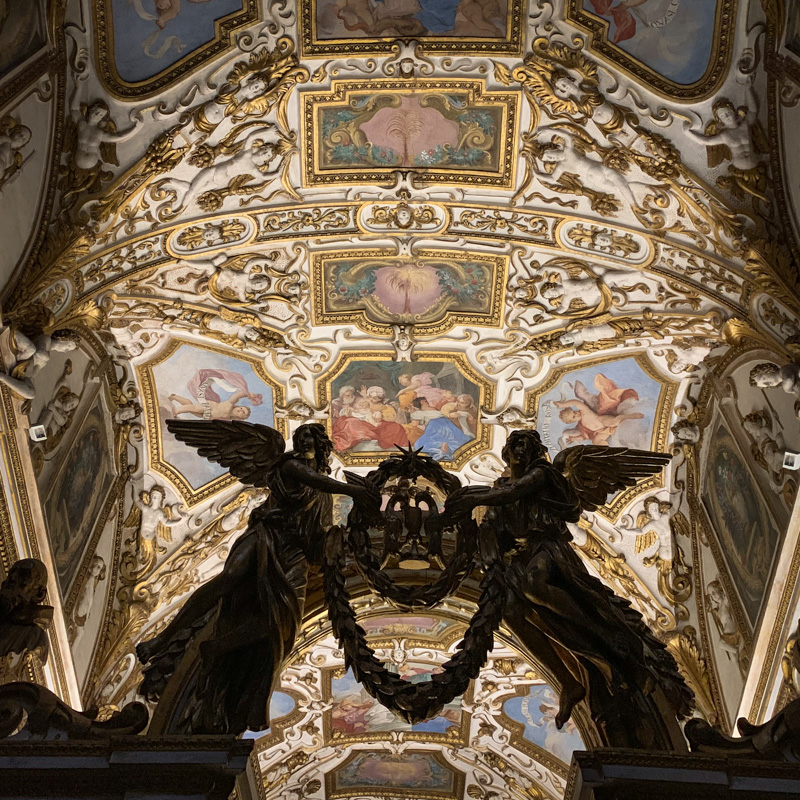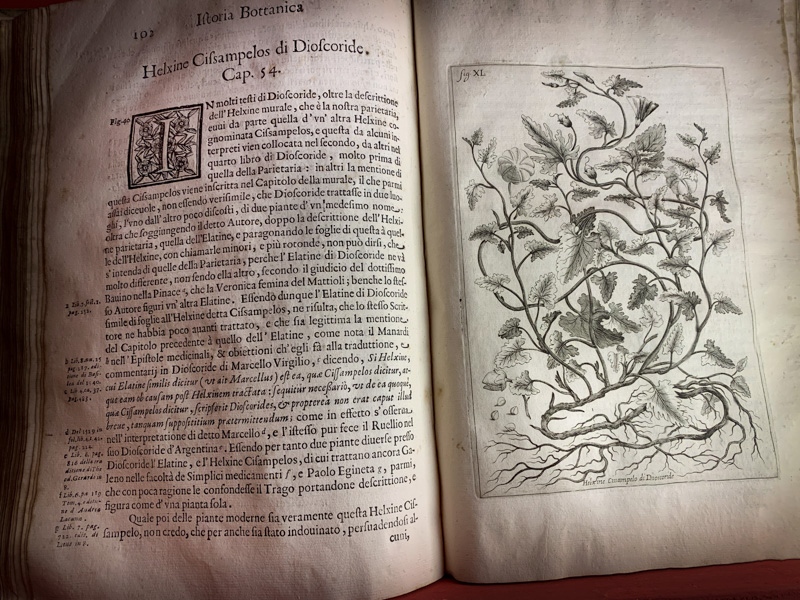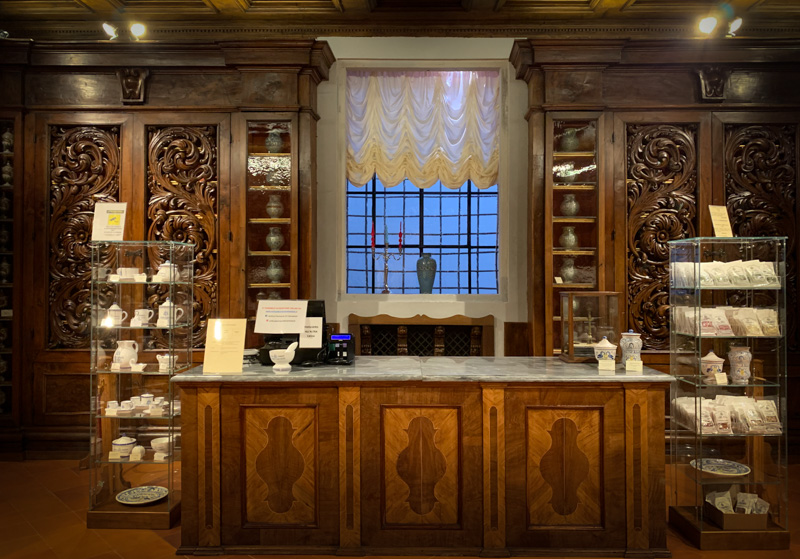Seven ways to beach like an Italian
After taking a brief break from Itch to spend time doing August-y things with visiting family and friends — which I decided is truly Italian — it’s time to get back to writing. While doing vacation activities, like hanging at the beach on Elba Island and our neighborhood pool, I’ve noticed a few ways in which Italians relax differently.
1. The more crowded the better. Why would it be any fun to go to the beach or pool when it is not packed? The reason to be there is to see and be seen, hear the latest gossip (le chiacchiera), and know you are in the right place because everyone else is too. Any civilized beach will offer chairs and umbrellas to rent in rows as closely packed together as possible — beach to beach these range widely in price and luxury level. Having a chair is really important as it provides a base of operations and a place where you can leave your things when you go to a long lunch.
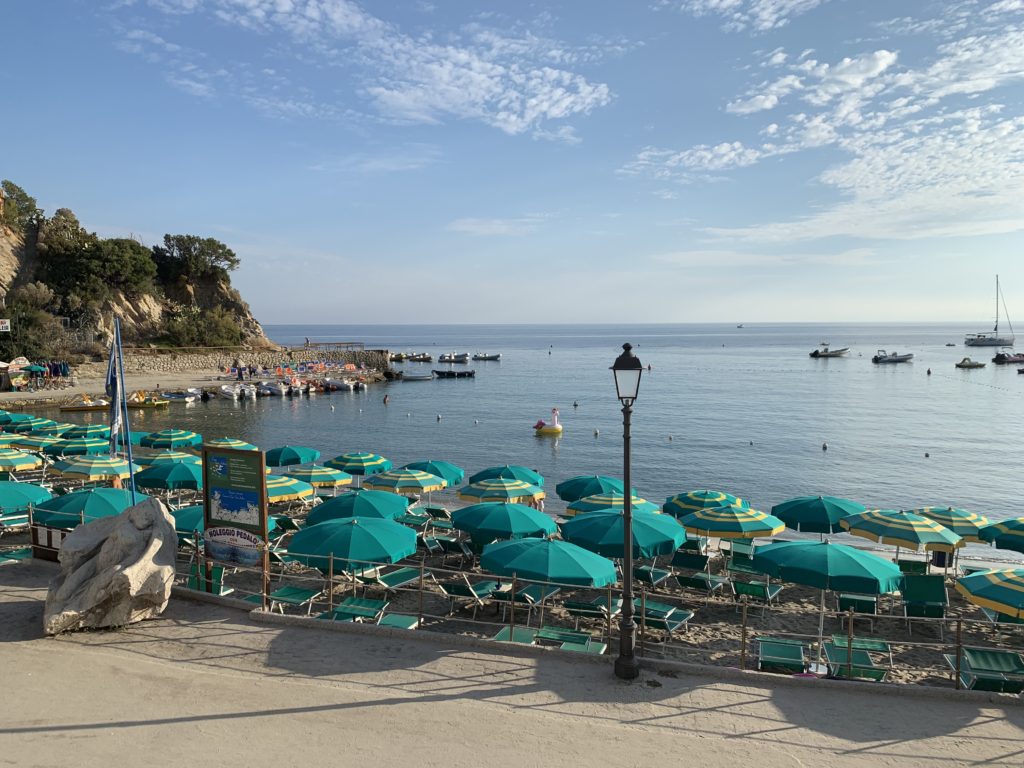
As I’ve already told you in my Venice post, when we first moved to Italy and were living in Venice for six weeks we went to the Lido to go to the beach late one afternoon. After picking our way through a field of bodies to get to the water we went out swimming, facing the horizon. After less than an hour we turned back to shore very surprised to discover the beach was totally empty. It was, after all, time to leave and get ready for dinner. That was one of our first hints that Italians love to travel in packs.
A friend just told me that there is no exact translation for “privacy” in Italian because it is considered a sad, lonely, irrelevant, and undesirable thing.
2. Don’t forget lunch. We are not talking about a sandwich and soda. The Italian love of lunch — in smaller towns everything still shuts down between 1 and 3:30 — extends to the beach. Make sure to reserve first thing in the morning in one of the many seaside restaurants and plan to take at least an hour and a half. You will want to make sure to have several courses, a bottle or so of wine, dessert, and coffee afterwards. The star ingredients will be all sorts of fresh seafood, especially shellfish. My mouth is watering right now thinking about the black squid ink risotto with mussels I got a bite of. And don’t forget that you will also be having a large and leisurely dinner. (This may have something to do with #6.)
3. The flock migrates. Every year Italians often have their summer vacation with the same friends and family at the same beach, staying in the same hotel or house, and even renting the same cabana or beach chairs. On the Lido there’s a long waiting list for these little huts and chairs as they are rented year after year by the same family, and they are expensive, several thousand euros for a season. One family will rent and then split the cost between numerous relatives and friends who come to share their small plot of beach.
4. Bring toys. It’s vital to have the two paddles and ball that are batted back and forth in the small open territory between the chairs and the water’s edge making walking along the shore impossible. Rafts and floaties are also important. Unicorn rafts seemed to be especially popular this year.
5. A tan proves you were on vacation. Apparently the darker the better is still the thing.
6. Strut in a tiny bikini (no matter your body type or sex.) I love this part so much. I’ve been swimming at the local pool this summer and consistently notice that all shapes and sizes of bodies are showing it off with equal confidence and enthusiasm, often in suits that are so tiny that they are virtually naked. I’ve been so used to the vibe in the States where those who have great bodies strut, and those of us who don’t wish for an invisibility shield, but settle by trying to shrink into the background in swimsuits that cover as much as possible. This equal-opportunity freedom to strut totally changes my relationship to the pool and beach.
7. Do not confuse swimming with exercise. I am always the only person doing laps at the pool and am looked at with concern and alarm as if an intervention might be needed. This was equally true in the sea in Elba. It all came to a head that time I decided that I had to get some exercise at the local pool only to discover that it was Pool Toy Day. I am still American enough that I did my laps anyway. And counted laps on an Apple watch. Oh well.








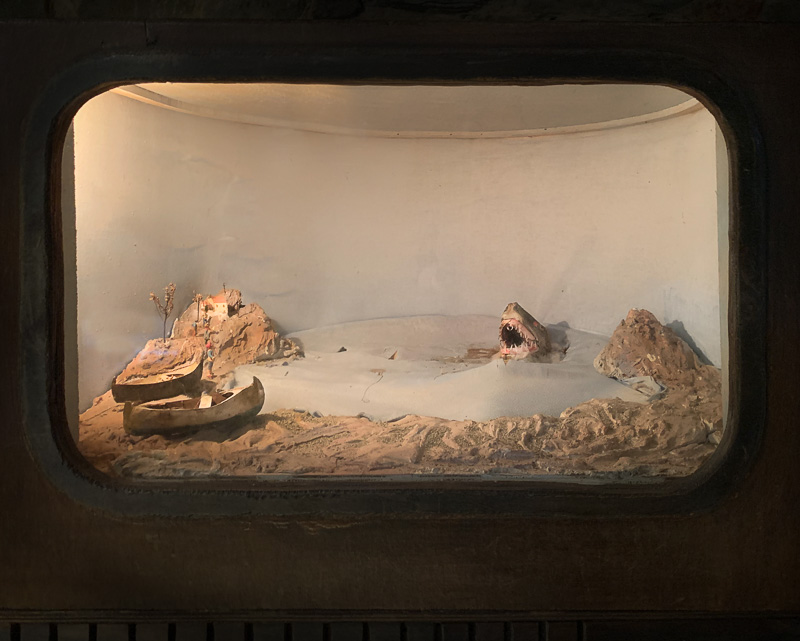
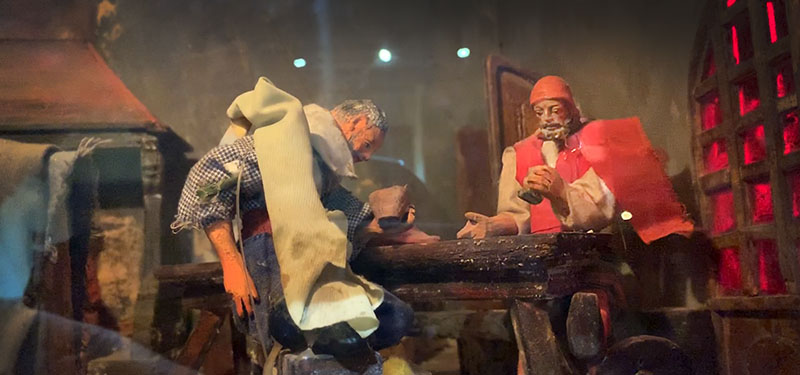
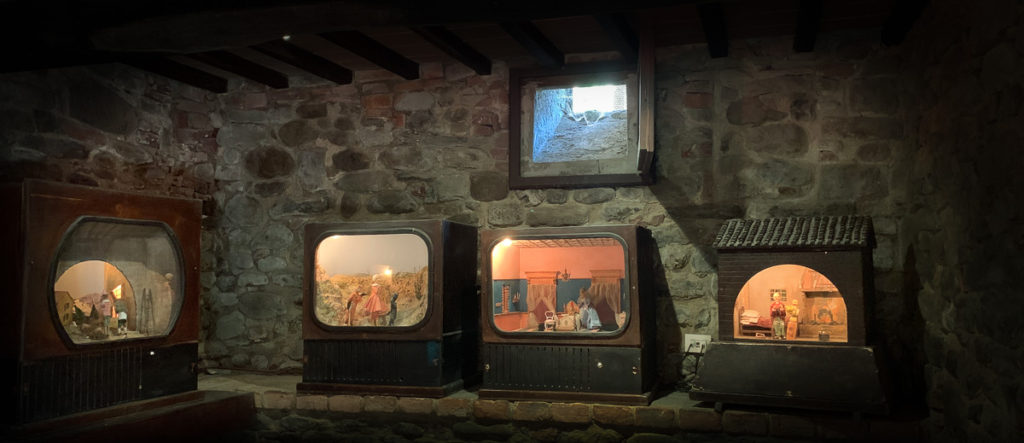

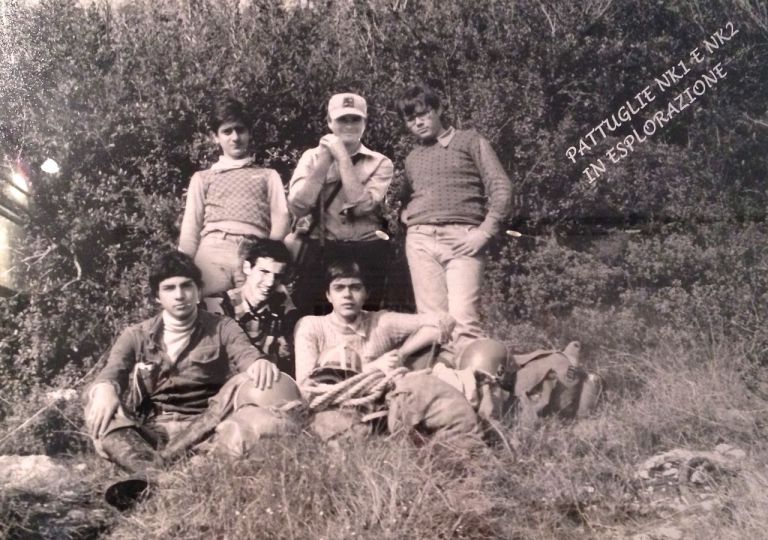






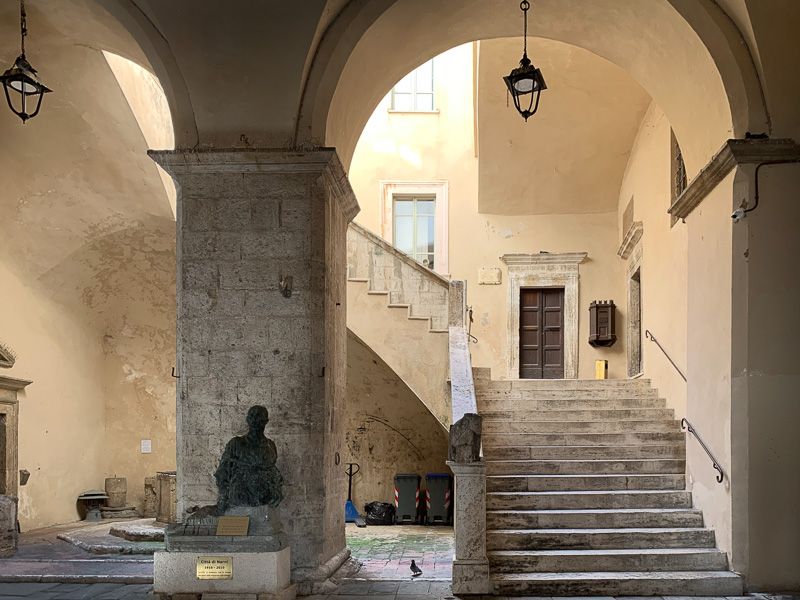
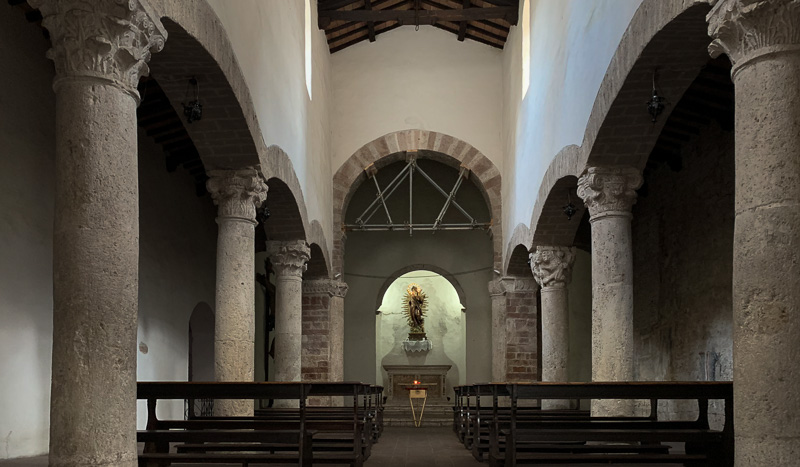
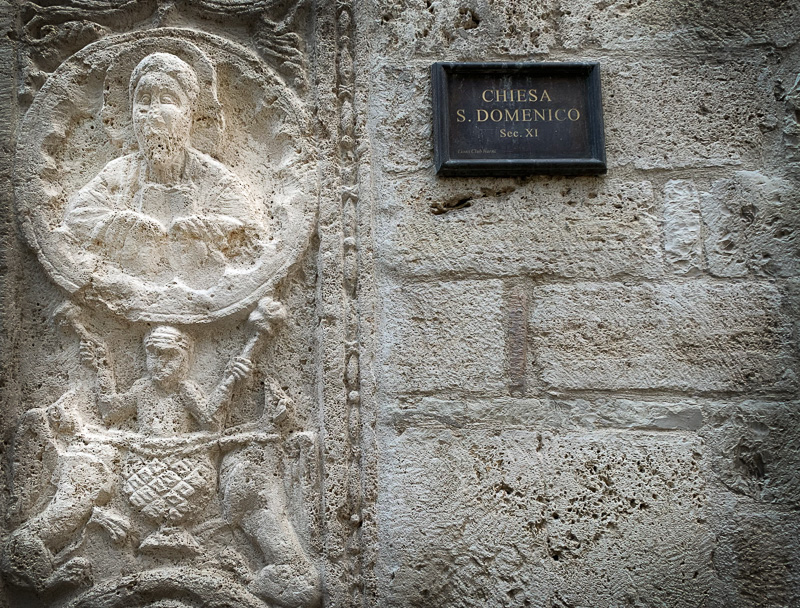
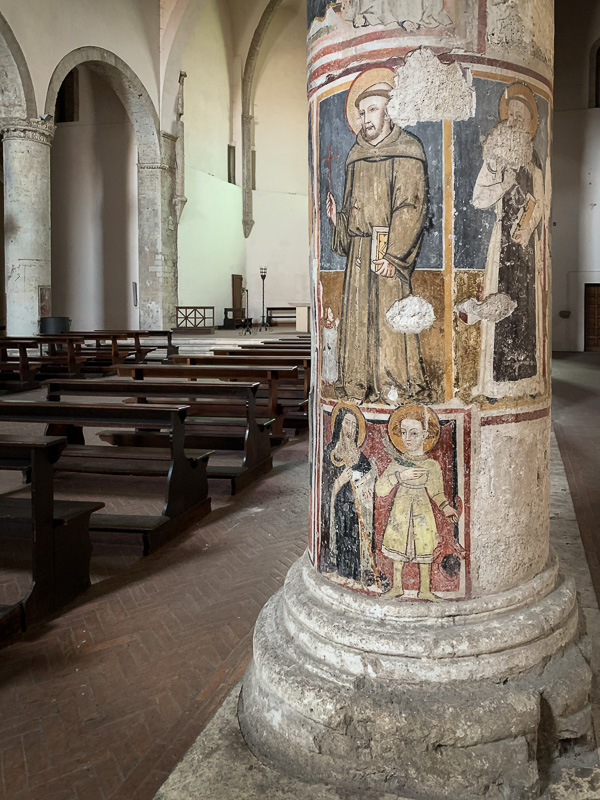
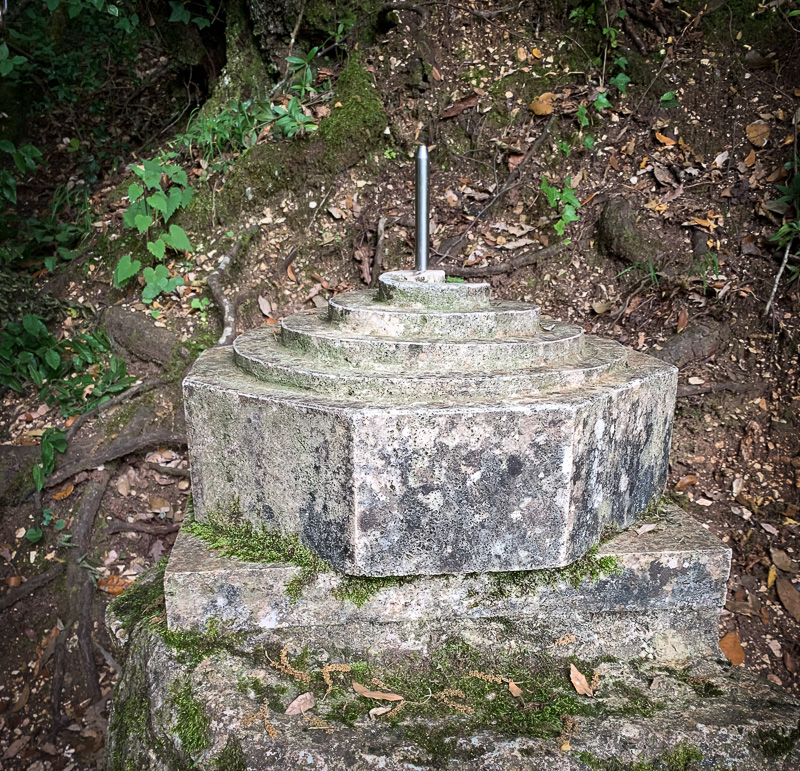


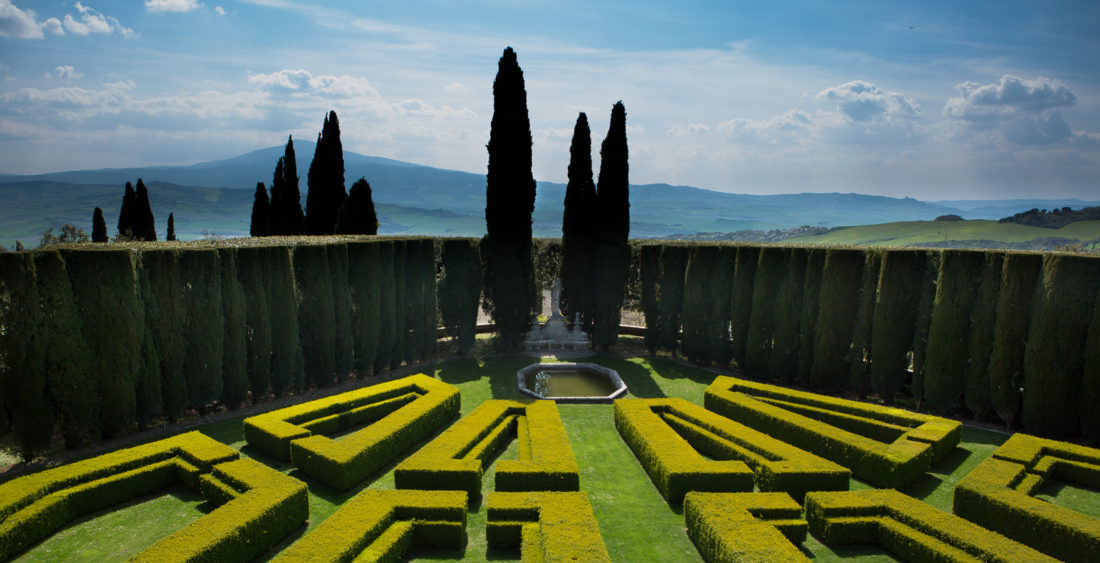



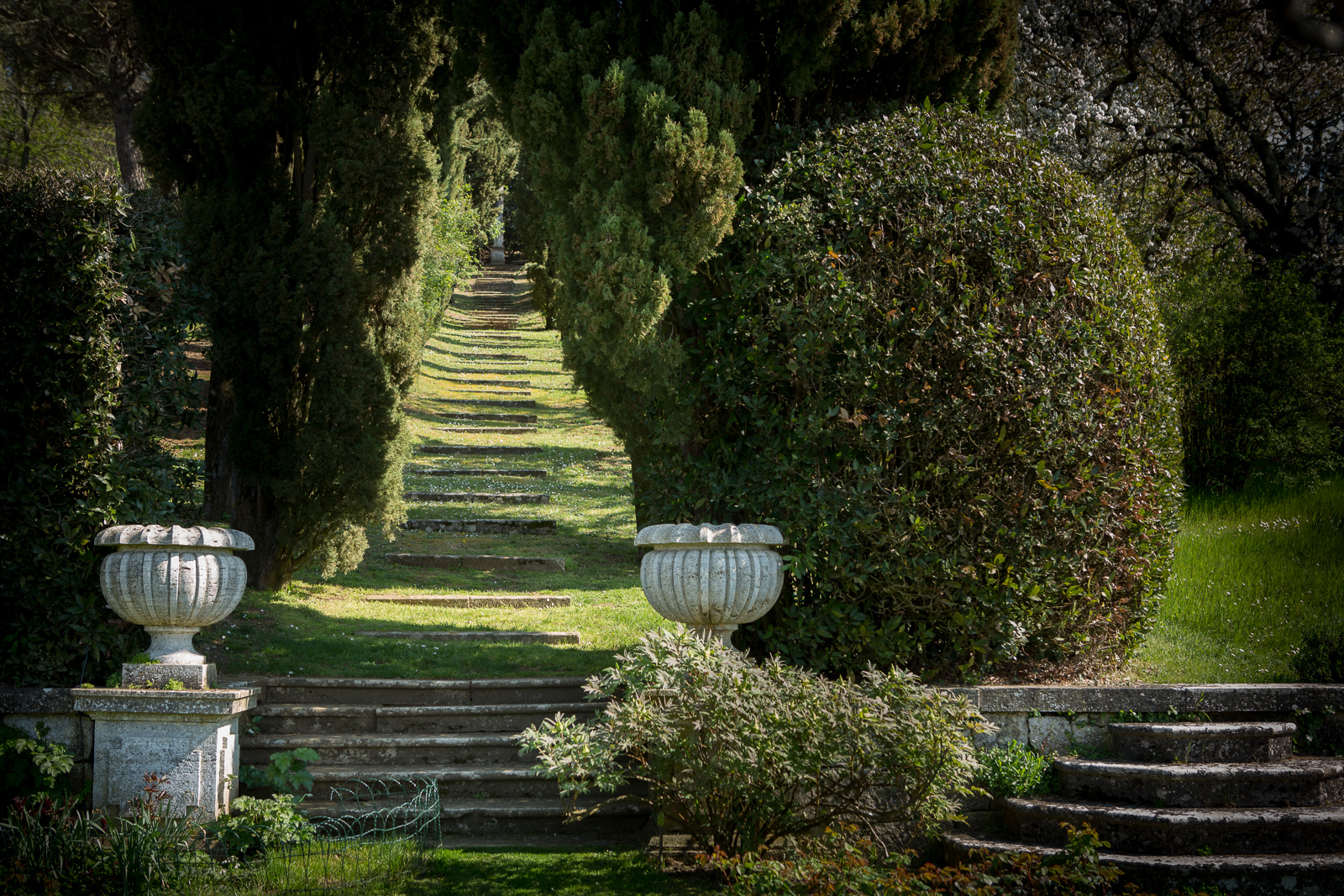
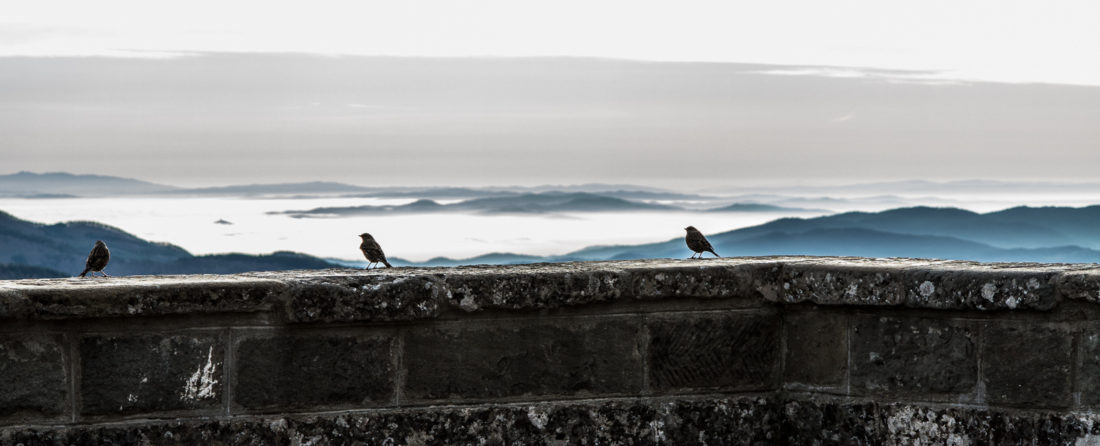
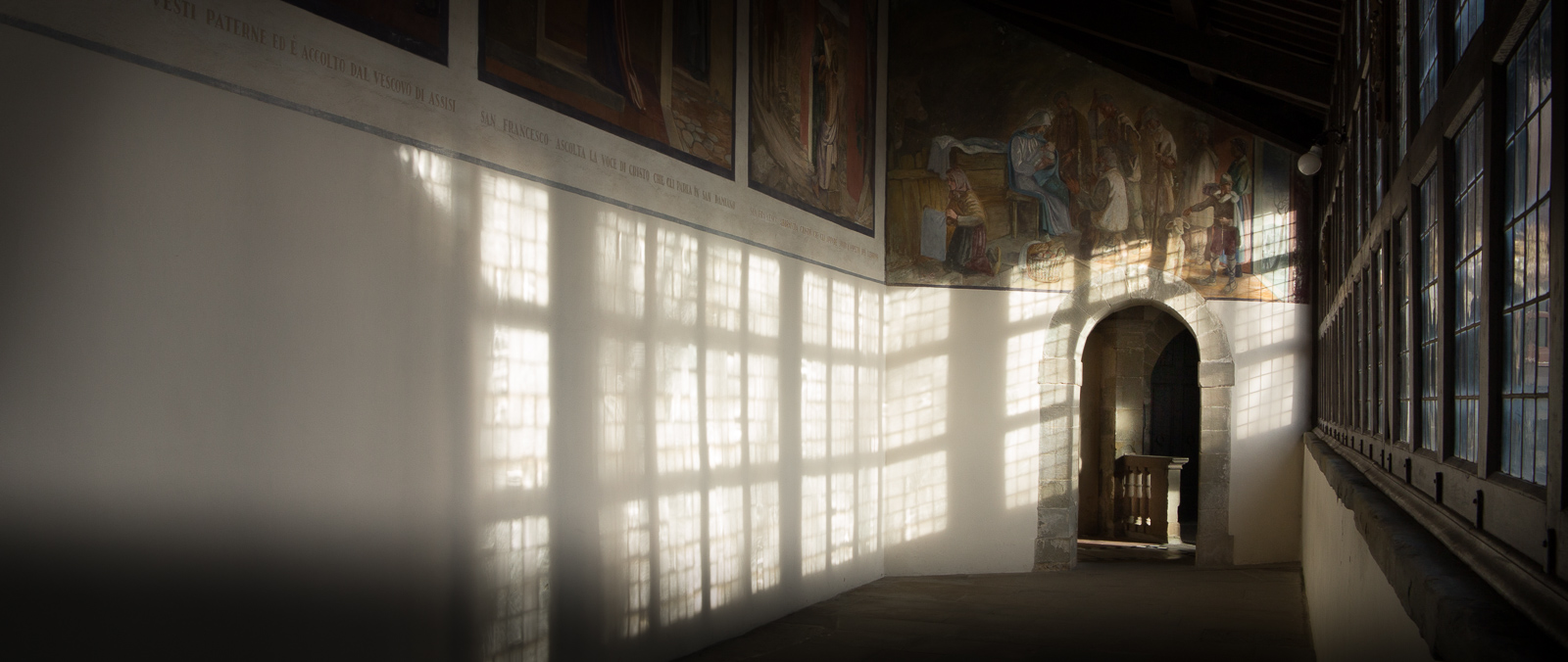
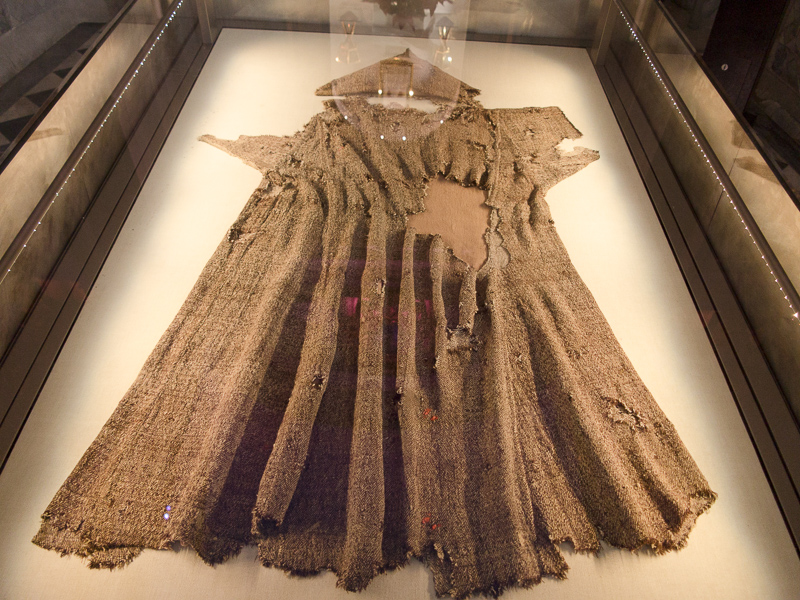 Turns out it wasn’t just St. Francis who found the La Verna landscape charged. Long before he arrived the mountain was the site of a pagan shrine to Laverna, who was the goddess of thieves. Apparently the abundance of caves and the thick forests were perfect for those so inclined to thievery, although who they would have found to rob on this deserted summit is a bit hard to imagine.
Turns out it wasn’t just St. Francis who found the La Verna landscape charged. Long before he arrived the mountain was the site of a pagan shrine to Laverna, who was the goddess of thieves. Apparently the abundance of caves and the thick forests were perfect for those so inclined to thievery, although who they would have found to rob on this deserted summit is a bit hard to imagine.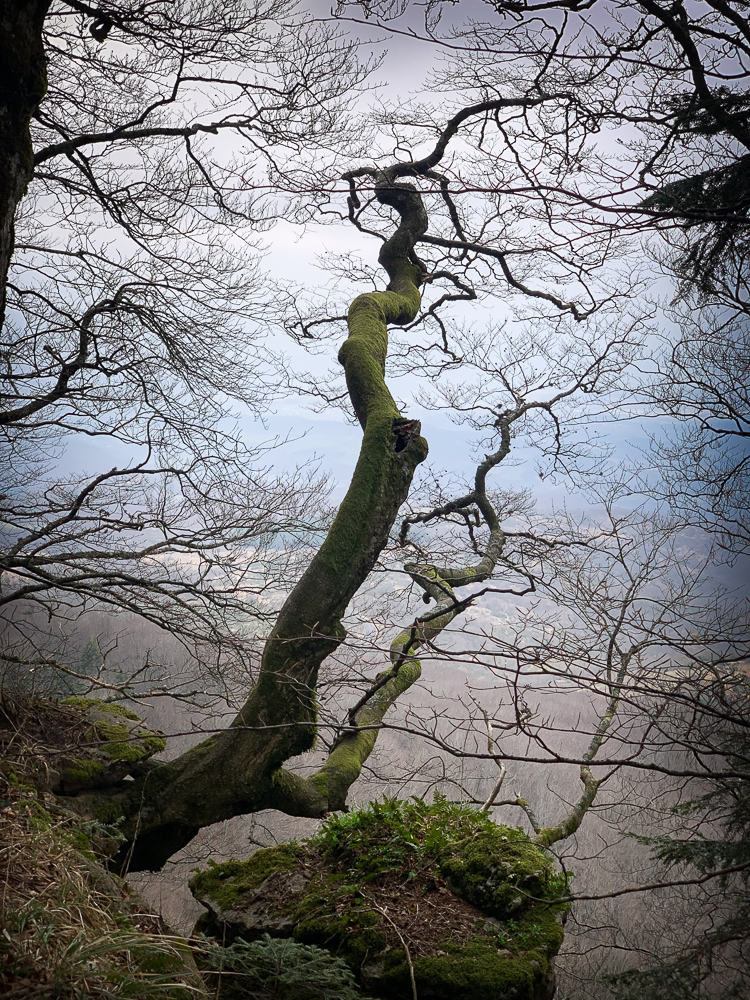
 When I came back down the mountain I visited my favorite spot in the monastery, which is the bed of St. Francis. Apparently he often meditated here, in a sort of cave, formed by perilously piled fallen rocks. I sat in the spot where he slept (now protected by a metal grate as people were chipping away at it) for a good 20 minutes, listening to the rain, undisturbed by other visitors, and I must admit, did have a moment of profound peace. One of the first in my nascent practice to think less and be more.
When I came back down the mountain I visited my favorite spot in the monastery, which is the bed of St. Francis. Apparently he often meditated here, in a sort of cave, formed by perilously piled fallen rocks. I sat in the spot where he slept (now protected by a metal grate as people were chipping away at it) for a good 20 minutes, listening to the rain, undisturbed by other visitors, and I must admit, did have a moment of profound peace. One of the first in my nascent practice to think less and be more.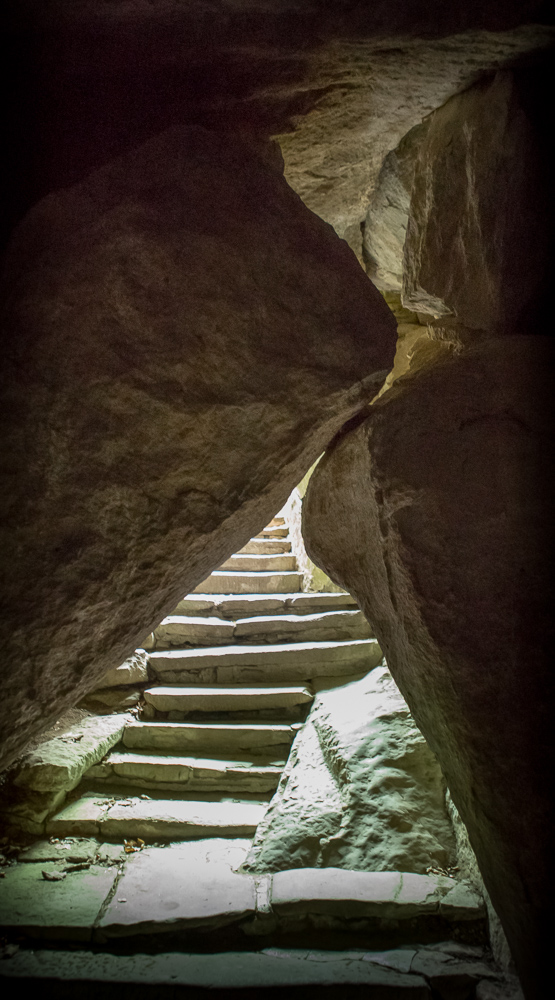

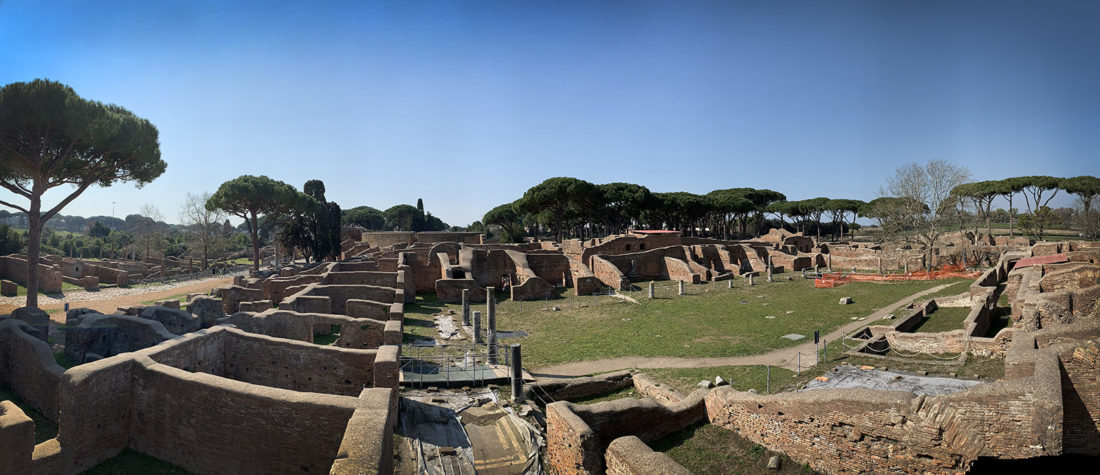
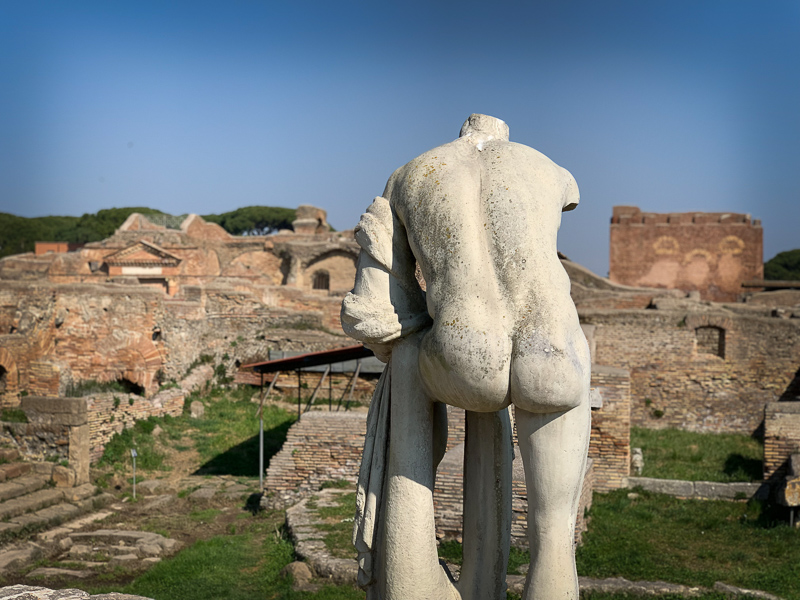

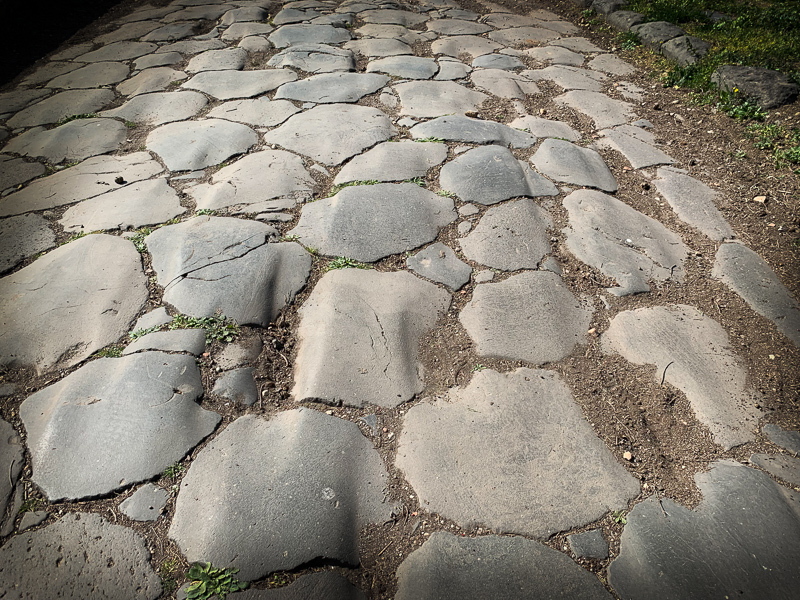
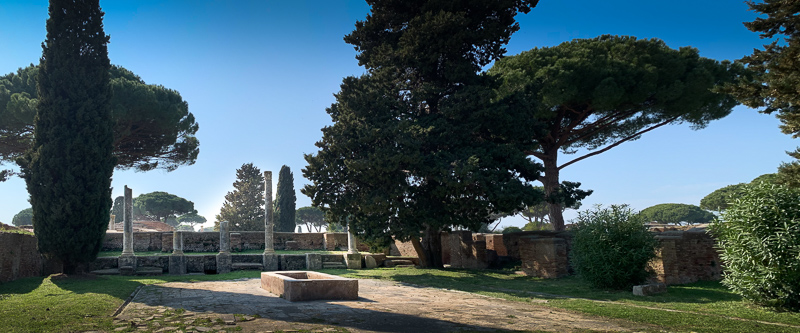

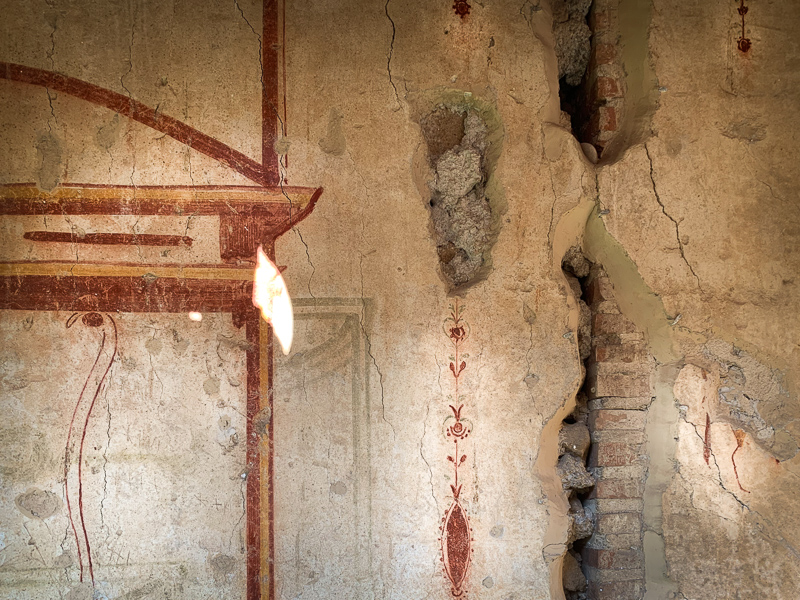




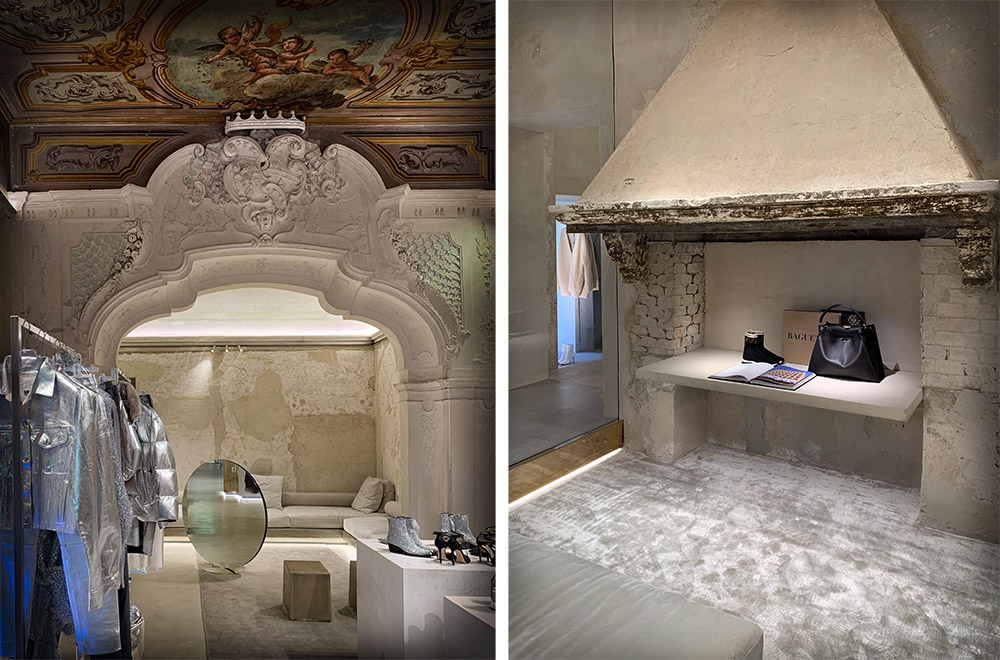



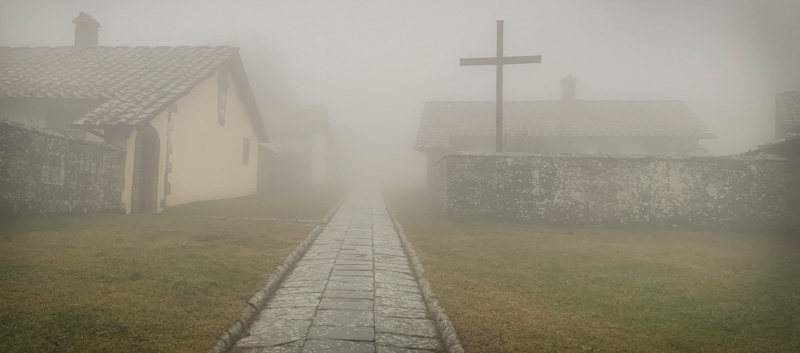
 It was completely otherworldly and the austerity, foreignness, and loneliness of it was haunting. And the church was beautiful.
It was completely otherworldly and the austerity, foreignness, and loneliness of it was haunting. And the church was beautiful.